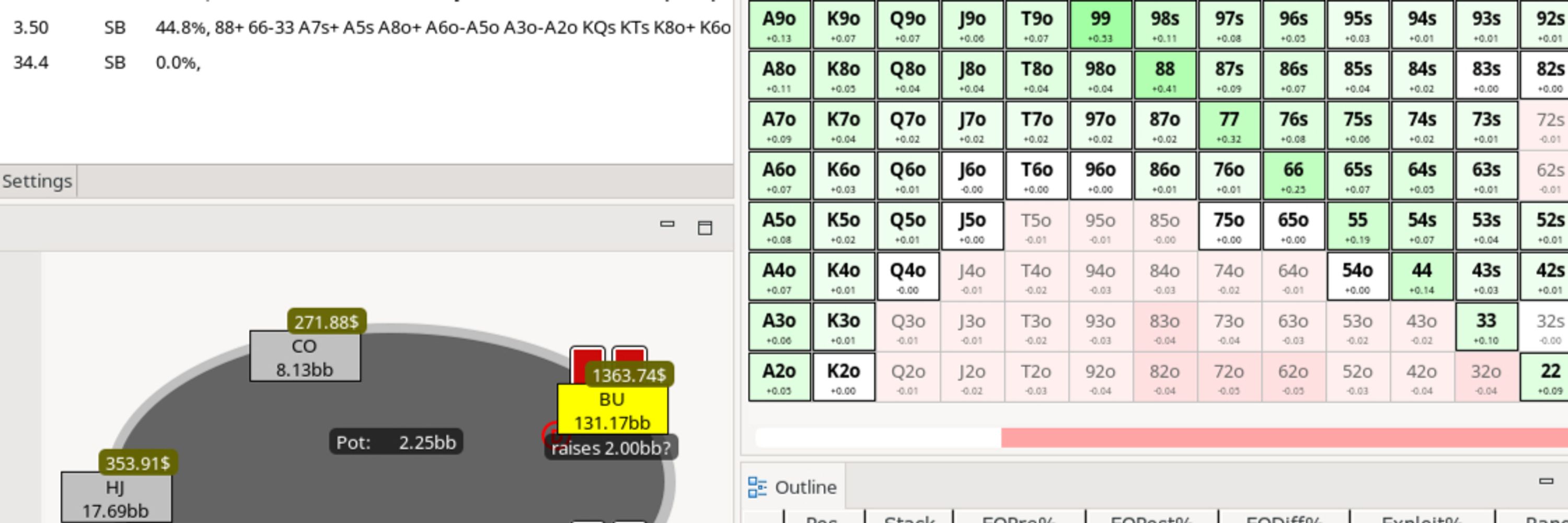
Details:
en.wikipedia.org/wiki/100_pri...

Details:
en.wikipedia.org/wiki/100_pri...
- If all cycles in the shuffled deck are <=26, all players will find their cards.
- The math (linked later) shows that only about 70% of random shuffles contain a circle that is longer than 26.
- So, the group has approximately a 30% chance to win using this strategy!
- If all cycles in the shuffled deck are <=26, all players will find their cards.
- The math (linked later) shows that only about 70% of random shuffles contain a circle that is longer than 26.
- So, the group has approximately a 30% chance to win using this strategy!
The shuffled deck creates "cycles" where each card points to the next position. Players follow these cycles, starting from their assigned position.
A player will always find their card if it’s part of a cycle of length 26 or less.
The shuffled deck creates "cycles" where each card points to the next position. Players follow these cycles, starting from their assigned position.
A player will always find their card if it’s part of a cycle of length 26 or less.
Player with card 2 (Ah) starts:
Reveal position 2 → Card 51 (2d)
Reveal position 51 → Card 1 (As)
Reveal position 1 → Card 2 (Ah) - found it!
This forms a cycle: 2 ➔ 51 ➔ 1 ➔ 2
Player with card 2 (Ah) starts:
Reveal position 2 → Card 51 (2d)
Reveal position 51 → Card 1 (As)
Reveal position 1 → Card 2 (Ah) - found it!
This forms a cycle: 2 ➔ 51 ➔ 1 ➔ 2
1️⃣ Player with assigned card X starts by checking the card at position X.
2️⃣ If card Y is revealed and it's not the player's card, continue to check position Y next.
3️⃣ Repeat: Go to the position matching the number of the last revealed card until they find their card or hit 26 checks.
1️⃣ Player with assigned card X starts by checking the card at position X.
2️⃣ If card Y is revealed and it's not the player's card, continue to check position Y next.
3️⃣ Repeat: Go to the position matching the number of the last revealed card until they find their card or hit 26 checks.
As = Card 1, Ah = 2,.., 2d = 51, 2c = 52
Similarly, positions in the deck are numbered from 1 (top) to 52 (bottom).
As = Card 1, Ah = 2,.., 2d = 51, 2c = 52
Similarly, positions in the deck are numbered from 1 (top) to 52 (bottom).
Instead of acting randomly or independently, they use a shared system based on the deck’s structure. This strategy massively improves their odds. Ready to see how? Let’s break it down!
Instead of acting randomly or independently, they use a shared system based on the deck’s structure. This strategy massively improves their odds. Ready to see how? Let’s break it down!
ChipEV is thoroughly flawed for tournament calculations.
Pointing out inaccuracies in ICM doesn't automatically make it worse than ChipEV.
Even if ICM isn't perfect, it's still the best tool available for now.
ChipEV is thoroughly flawed for tournament calculations.
Pointing out inaccuracies in ICM doesn't automatically make it worse than ChipEV.
Even if ICM isn't perfect, it's still the best tool available for now.
However, the "deal next hand" angle is a red herring. It adds no substance to the discussion and doesn't undermine using ICM in early or mid stages oftournaments.
However, the "deal next hand" angle is a red herring. It adds no substance to the discussion and doesn't undermine using ICM in early or mid stages oftournaments.
It doesn't assume you'll finish the tournament for exactly that amount—that's silly. We focus on EV, knowing actual results for continuing the tournament will vary.
It doesn't assume you'll finish the tournament for exactly that amount—that's silly. We focus on EV, knowing actual results for continuing the tournament will vary.
But substituting a tournament branch with its EV doesn't mean we assume a literal deal is made. Players routinely replace uncertain outcomes with their EV when making decisions.
But substituting a tournament branch with its EV doesn't mean we assume a literal deal is made. Players routinely replace uncertain outcomes with their EV when making decisions.
It models the probability of each player's finishing positions as the tournament plays out, converting chip stacks into their tournament equity based on the prize structure.
It models the probability of each player's finishing positions as the tournament plays out, converting chip stacks into their tournament equity based on the prize structure.

